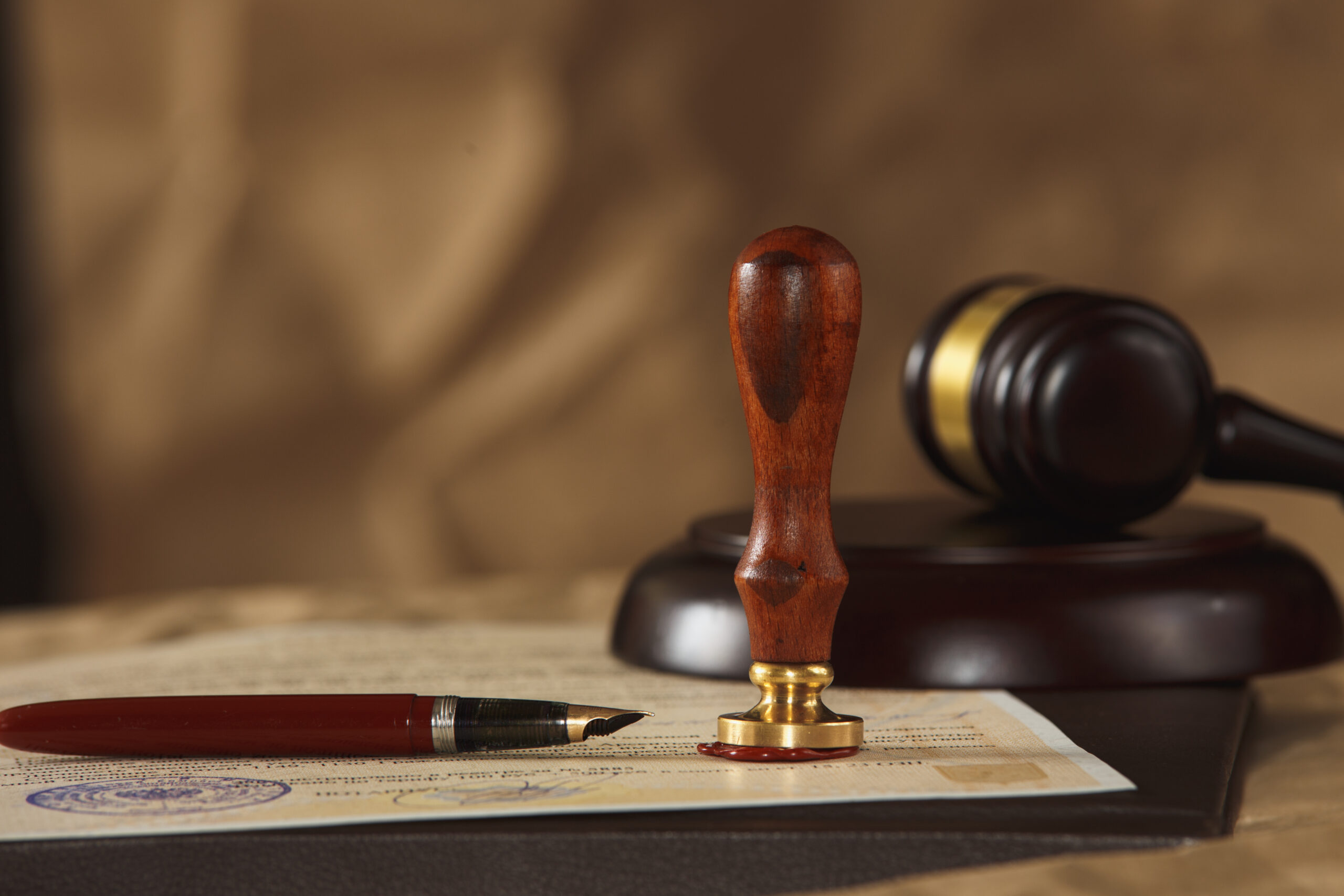
Restraining orders, sometimes referred to as a protective order, will still require a judge’s approval to remove it once it is in place.
Who Can Lift the Protective Order?
Removing or lifting a protective order means that the restraining order would no longer be active. Sometimes a restraining order will automatically lift itself because the court will impose a time limit on that restraining order. Protective orders that have a time limit are usually temporary restraining orders with limited durations. Generally, after a few weeks, these orders automatically expire and lift.
In the case of a permanent protective order, it would require the court’s approval to remove the restraining order in place. The process will depend on which party is requesting the removal of that order.
Removing a Restraining Order as the Victim
If you requested a restraining order against another party, but now you wish for it to be removed, you must petition to the court and request that the restraining order be lifted. Even with the victim requesting a lift of the restraining order, the judge reserves the right to reject that request and keep the restraining order in place. A judge may leave the restraining order in place despite a victim’s request, especially if they feel it is a matter of safety.
Removing a Restraining Order as the Party the Order Is Against
If someone has placed a restraining order against you and you would like to argue to have it lifted, you will need to present your argument to the court as to what grounds you have that justify removing that protective order. It is harder to remove an order once it is in place than to argue a pending one. Anytime someone requests a protective order against another party, that party is notified of a hearing about the protective order request. During that hearing, you can present an argument as to why the protective order should not be put in place.
What Is the Process for Having a Restraining Order Removed or Lifted?
The process for removing a restraining order starts by filing a motion with the court. The victim or the person with the restraining order against them both must complete this step. The motion must include details such as the names of both parties in the protective order and other information including:
- Whether the victim agrees with the removal – if the victim is not the one requesting the motion.
- If the victim and defendant are trying to contact one another but cannot due to the restraining order in place.
- If the victim is placing the request voluntarily – the court may question whether he or she is being coerced into doing so.
- If the victim is no longer fearing for his or her safety and does not expect retaliation from the defendant once the protective order is removed.
The motion must also specify the type of contact both parties wish to resume. Regardless of which party requests the cancellation of the restraining order, the motion must come with evidence proving the reasons for removal. The judge must be convinced that there is proper cause to remove the restraining order.
Some of the evidence the court may consider when lifting a restraining order includes:
- Documents from rehabilitation clinics or therapy showing that the threat is no longer present;
- A statement from another party not named in the restraining order who can testify to each person’s state of mind;
- Evidence for child custody disputes; or
- Records from a probation or parole officer, when applicable, about the defendant’s criminal background.
Usually, it is easier to have a restraining order lifted if the victim is the one requesting it. When it is the defendant, they must show proof of good behavior and show that they have been in good standing with the court. They must also show that they have not violated the existing restraining order. A record of violating a restraining order may deter the judge from allowing the removal.
A restraining order removal request almost always includes a hearing. The judge will want to hear from both sides along with listening to the evidence to determine whether or not there is cause to remove the restraining order. Sometimes, you will receive a decision that day, while other times you may have to wait a few days for the judge to make his decision.
Do You Need a Lawyer to Request a Restraining Order Be Lifted?
While you are not required to retain an attorney’s services to remove a restraining order, it is in your best interest to do so. An attorney knows what requirements you must fulfill to lift a restraining order successfully.
If you have a restraining order against you that you feel is unjust, and you would like to file a petition to lift it, contact the defense team at New Mexico Criminal Law Offices today.
You can book a free case evaluation with our team, and we will review whether or not you have a chance to lift an existing protective order. Schedule an appointment now or request more information online.

